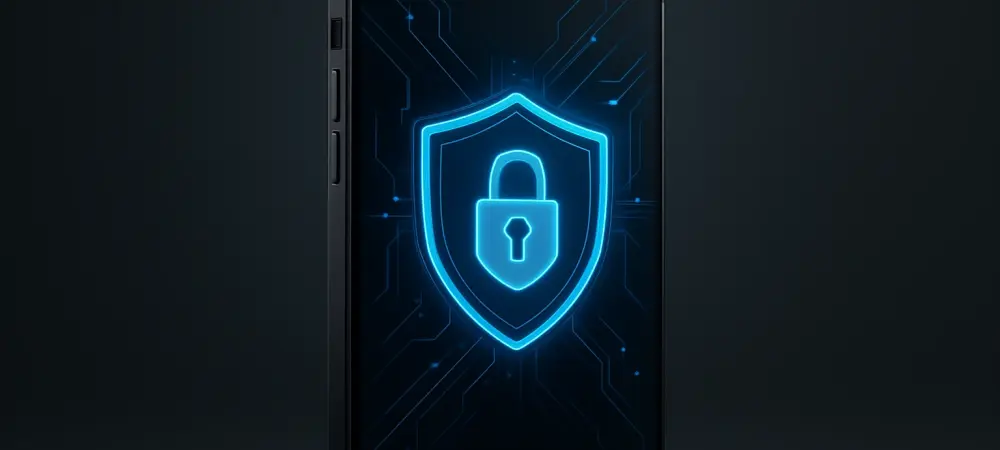What if the most private corners of your smartphone—those holding your personal messages, financial details, and intimate photos—could be breached without a trace? In an era where cyber threats loom larger than ever, this chilling possibility drives home the urgent need for robust device protection, and Apple’s latest release, the iPhone 17, steps into this battle with a groundbreaking feature that promises to redefine smartphone security, capturing attention as a potential shield against invisible digital predators.
The Hidden Danger in Your Pocket
Smartphones have become extensions of personal identity, storing everything from sensitive emails to banking credentials. Yet, beneath their sleek exteriors lies a vulnerability that hackers exploit with alarming precision: memory safety flaws. These gaps, often unnoticed by users, allow attackers to manipulate a device’s memory, gaining unauthorized access to critical data. The stakes are high, as recent reports indicate a 60% surge in spyware attacks targeting such weaknesses over the past two years.
This growing menace isn’t just a statistic—it’s a global crisis affecting millions. Sophisticated spyware, often deployed by state-sponsored actors or mercenary groups, can infiltrate devices silently, harvesting information before any alarm is raised. Apple’s response to this pervasive threat with the iPhone 17 marks a pivotal moment, aiming to address a problem that has long plagued not just iPhones, but Android and Windows systems alike.
Why Memory Security Is the New Battleground
Memory safety vulnerabilities represent a critical chink in the armor of modern technology. These flaws occur when a device improperly handles memory allocation, enabling attackers to execute malicious code or destabilize systems entirely. Cybersecurity experts warn that such exploits often form intricate chains, combining multiple weaknesses to bypass traditional defenses and compromise entire ecosystems. The urgency of this issue is underscored by real-world cases, such as the Pegasus spyware scandal, where memory-based exploits were used to target journalists and activists worldwide. With threats evolving at an unprecedented pace, the focus on memory as a primary attack vector has intensified. Apple’s latest innovation positions itself directly in this arena, tackling a problem that industry analysts predict will dominate cybersecurity discussions from 2025 to 2027.
Inside Apple’s Memory Integrity Enforcement (MIE)
At the heart of the iPhone 17’s security overhaul lies Memory Integrity Enforcement (MIE), a feature Apple hails as a monumental leap in consumer device protection. Built into the company’s proprietary silicon, MIE operates by tagging specific memory sections and verifying access requests at the hardware level. This “always-on” protection aims to thwart memory corruption exploits, a tactic hackers have relied on for over two decades.
What makes MIE stand out is its integration across Apple’s tightly controlled hardware and software ecosystem. Unlike many competitors who struggle with fragmented systems, Apple’s end-to-end oversight ensures that MIE functions seamlessly, a capability rivaled only by Google’s efforts in the Android space. Early simulations suggest that this feature could neutralize many advanced spyware tactics, potentially reducing successful exploits by a significant margin.
Though Apple touts MIE as a game-changer, its real-world efficacy remains under scrutiny. Independent testing scheduled for the coming months will provide a clearer picture of its strengths and limitations. For now, the promise of disrupting long-standing exploitation techniques offers a glimpse of a safer digital future, contingent on rigorous validation by security experts.
Voices from the Cybersecurity Frontline
Feedback from the cybersecurity community reflects cautious optimism about Apple’s bold step. A prominent analyst remarked, “If MIE delivers on its potential, it could raise the bar for what consumers expect from device security.” Such sentiments highlight the feature’s promise while acknowledging the need for thorough evaluation against live threats.
Beyond individual opinions, the broader context of escalating cyber risks adds weight to Apple’s initiative. With mercenary spyware increasingly targeting high-profile individuals and everyday users alike, the demand for hardware-based solutions has never been greater. Stories of data breaches—ranging from corporate leaks to personal privacy invasions—continue to surface, painting a grim picture that innovations like MIE aim to counteract.
The conversation also extends to industry trends, where hardware-software synergy is becoming a benchmark for security. Apple’s move is seen as a timely intervention, though some experts stress that no single feature can eliminate all risks. As testing unfolds, the insights gained will likely influence how other tech giants approach similar challenges.
Is the iPhone 17 Your Next Move?
For those weighing an upgrade, the iPhone 17 and its companion, the iPhone Air, present a compelling case with MIE as a centerpiece. If handling sensitive information—whether for work or personal matters—is a daily reality, the enhanced memory protection could be a decisive factor. Assessing individual risk levels is key to determining whether this upgrade aligns with specific needs.
Beyond the decision to upgrade, practical measures can bolster digital safety on any device. Ensuring that current iPhones run the latest iOS updates is crucial, as Apple frequently patches known vulnerabilities. Additionally, adopting habits like using strong, unique passwords and enabling two-factor authentication provides an extra layer of defense against unauthorized access.
Staying informed is equally vital as MIE undergoes real-world scrutiny. Monitoring independent security assessments in the weeks ahead will offer clarity on its effectiveness. Regardless of device choice, a proactive stance—avoiding suspicious links and maintaining vigilance—remains essential in navigating an increasingly hostile digital landscape.
Reflecting on a Safer Digital Era
Looking back, the unveiling of the iPhone 17 marked a significant chapter in the ongoing fight against cyber threats. Apple’s focus on memory security through MIE addressed a critical vulnerability that had long challenged the tech industry. The initiative stood as a testament to the power of integrated innovation, blending hardware and software to confront sophisticated spyware head-on.
As the dust settled, the path forward became clear: users and experts alike needed to prioritize actionable steps to enhance protection. Whether through adopting the latest devices or reinforcing existing safeguards, the emphasis shifted toward proactive resilience. The journey toward a more secure digital world continued to demand collaboration, awareness, and relentless advancement in the face of ever-evolving dangers.

